What REALLY Happens on the March For Life
An inside look at the March For Life 2019
February 4, 2019
Throughout the years, it has become increasingly obvious to me that there are many misconceptions revolving around the annual March for Life. Perhaps it is because of the lack of news coverage, but no matter the cause of this scarcity of information, I’ve decided it’s time to answer the questions surrounding this event and what the march actually consists of.
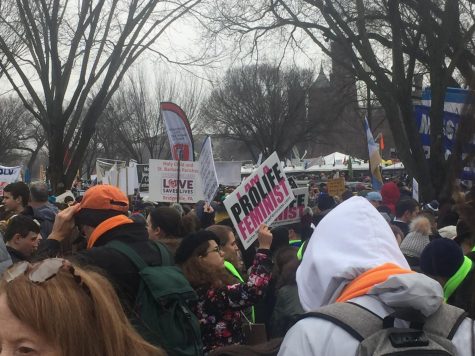
The main march takes place in Washington D.C., but sister rallies take place in hundreds of cities across the United States, as well as in over 30 different countries around the world. The march that takes place at our country’s capital, however, is the biggest pro-life demonstration of all, with 650,000 marchers at the 2019 rally, the 46th March For Life. 2019’s theme: Unique from Day One


The 2019 march had fair weather, all things considered — things were a bit muddy for a while, but that was just a stroll in the park compared to the storms of previous years. In 2016, marchers forged their way through a blizzard that sent down 24 inches of snow upon them. In fact, the weather proved to be so much of an issue that, following the march, buses were stuck in non-moving traffic for hours. However, as persistence is never in short supply among the marchers, the obvious thing to do was build an altar out of snow and celebrate mass right there on the side of the road.
The majority of attendees do travel in buses to Washington D.C. In fact, the majority of marchers are under 30, many coming from youth groups and other young-adult organizations. They come from far and wide– signs are visible that proudly state “Missouri Stands with the Unborn” or “Kentucky Defends Life!” There are giant, blow-up kangaroos to represent those who have traveled from Australia, and groups from the Middle East proudly wave their flags high in the wind.
Upon arrival, travelers congregate on the National Mall, between the Washington Monument and the White House. This is where the event starts with a selection of motivational speakers. At the 46th March for Life, the speakers included Ben Shapiro (well-known political commentator and author), Dr. Kathi Aultman (former abortionist), Vice President Mike Pence, Representative Katrina Jackson (D-LA), and more. The talks are designed to motivate the crowd for the walk to come and remind them why they march. The rally is a peaceful, respectful, and inspiring way to kick off the day, and a special performance by the band Sidewalk Prophets added to the inspiration.

When the kick-off is over, the hundreds of thousands of marchers flood the street, signs held high. The walk begins there, in the National Mall, and then continues all the way to the Supreme Court. This is where, after the march, select groups of marchers head inside to sign petitions and to write to their respective representatives.
The march itself is full of excited chatter– it is quite rare to hear a complaint from anyone. Songs are sung, catchy chants called out, and thousands of smiling faces are everywhere, happy to be representing those that cannot fight for themselves. All around there are homemade signs with all different types of people carrying them. The beautiful thing about the march is that all are welcome– religious people, atheists, Republicans, Democrats, males, females, a hundred different races, young and old alike.
Many people view the March for Life as a religious event, and while a large portion of marchers are there because it is where their faith has led them, many come solely for their core beliefs as a human being. It is beautiful to see so many different people united by one cause. However, no matter who any of these people are, they are all expected to follow the guidelines released by the official March for Life website: “While walking, and riding the metro in D.C., be respectful of residents and commuters. Let’s show the nation’s capital how passionate and polite and respectful pro-lifers really are!”
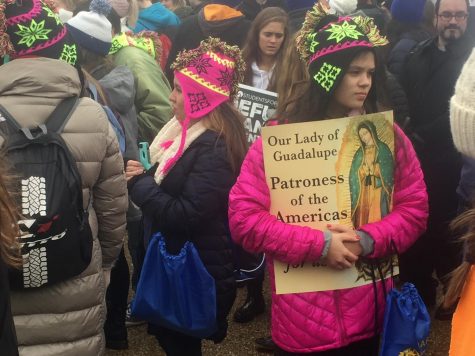
Inevitably, there are always a few people standing along the sides of the roads chanting against the marchers. It would be ignorant to say that these people represent all those of the opposing view because they are quite the extremists. A couple of men with a megaphone stood off to the side and shouted insults at any priests that walked by, but the pro-life marchers responded with prayer. A thousand people began to say the Hail Mary out loud — even those who were not religious — and the sound was loud enough to drown out the insults.
As I mentioned earlier on, my purpose for writing this article is to clear up the misconceptions that many people have about the March for Life. What plays a huge role in the forming of these misconceptions is the lack of media coverage. This year, according to the Media Research Center, the 46th March for Life received about 54 seconds of coverage total from major news channels like CBS, ABC, and NBC combined. To put that in perspective, the Woman’s March 2019 received 14 minutes and 26 seconds of total coverage from those same channels. Of course, that is not to say the Woman’s March should receive less, but a march that has been taking place for almost 50 years with such numbers of participants should be receiving equal attention.
On top of that, at the 2019 March for Life kick-off, a video speech from President Trump was given. Most news channels cover Trump around the clock, letting the people form their own opinions based on information given, so why didn’t this receive as much attention as some of his tweets do?
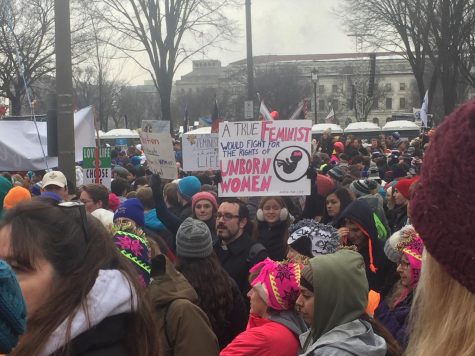
Over the course of the March’s history, perhaps its most noteworthy supporter is Norma McCorvey, aka “Jane Roe” in Roe vs Wade, the 1973 Supreme Court case that led to the legalization of abortion. Later in her life, she became a passionate pro-life advocate and often referred to her part in the abortion law as “the biggest mistake of my life.” When asked about her switch from the pro-choice side, McCorvey said, “I am dedicated to spending the rest of my life undoing the law that bears my name” And that she did, all the way up until her death in 2017, just a month after the 44th March for Life.
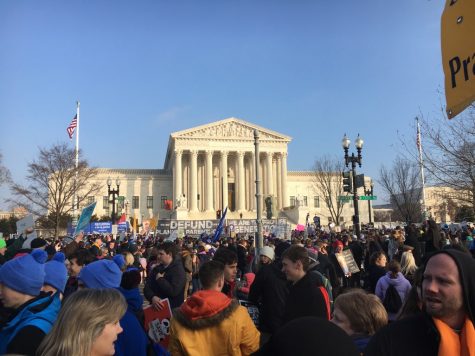
The March for Life has a rich history with many twists and turns but a beautiful outcome each year — more and more people spreading hope for the future. Ultimately, that is what the marchers hold on to — the faith that, one day, they won’t have to march anymore.


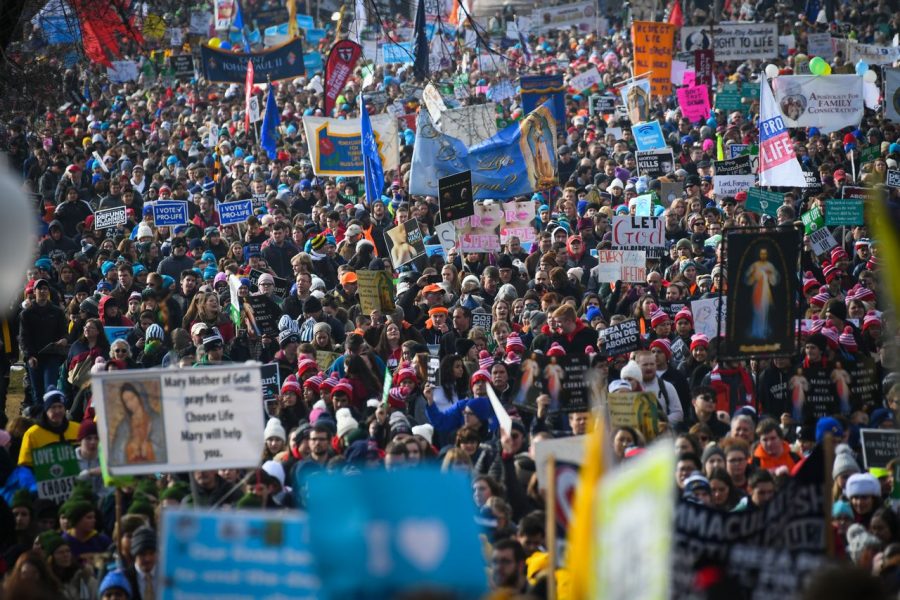











Marie Blackmer • Feb 8, 2019 at 8:02 pm
It was nice not only to read from the perspective of someone who attended the march but more importantly from a high school student .
Your article kept me interested all the way through. Well done Hayley!